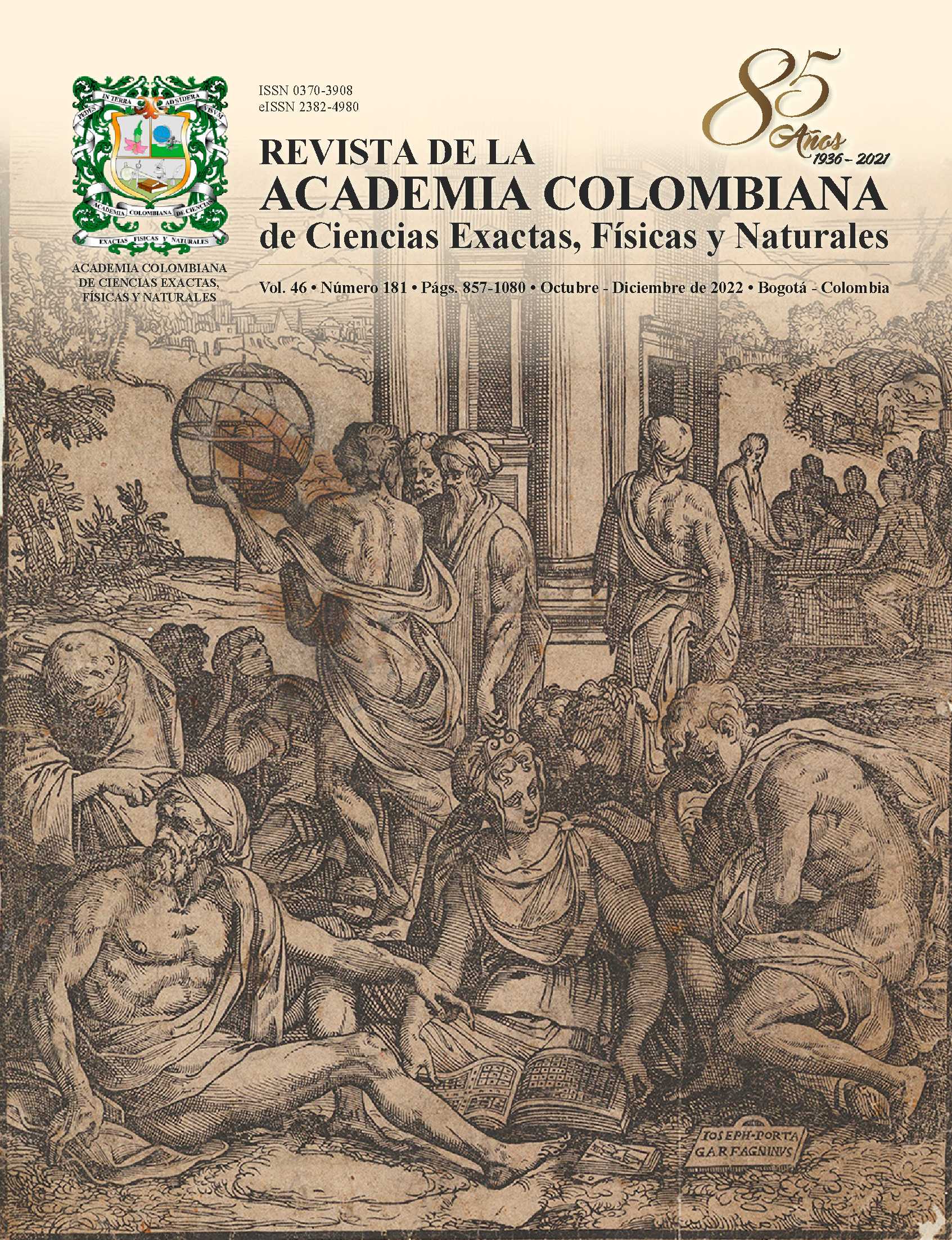Abstract
Recently, the novel confinement principle in spatially-structured Lorentzian wells was reported to describe in a unified way the interference of classical waves and singular quantum particles in a causal framework in ordinary space. The phenomenology derived from this principle offers significant advantages over the conventional classical and quantum formalisms of interference founded on wave superposition. This paper presents a conceptual analysis of such a principle and its main implications indicating its fundamental differences from the standard descriptions.
References
Aspect, A., Dalibard, J., Roger, G. (1982) Experimental text of Bell’s inequalities using timevarying analyzers. Physical Review, 49, 1804-1807.
Aspect, A. (2015) Closing the Door on Einstein and Bohr’s Quantum Debate. Physics, 8, 123. Arfken, G. (1970) Mathematical Methods for Physicists (2nd ed. New York: Academic Press).
Bach, R., Pope, D., Sy-Hwang L., Batelaan, H. (2013) Controlled double-slit electron diffraction. New Journal of Physics 15, 033018.
Bhaumik, M.L. (2018) How Does Nature Accomplish Spooky Action at a Distance? Quanta, 7, 111-117.
Bell, J.S. (1964) On the Einstein, Podolsky and Rosen paradox. Physics, 1, 195-200.
Bohm, D. (1952) A suggested interpretation of the quantum theory in terms of “hidden”variables. I. Physical Reviews, 85, 166-179.
Bohm, D. (1952) A suggested interpretation of the quantum theory in terms of “hidden”variables. II. Physical Reviews, 85, 180-193.
Bohm, D., Aharonov, Y. (1957) Discussion of experimental proof for the paradox of Einstein, Rosen and Podolsky. Physical Reviews, 108, 1070-1076.
Bohm, D., Hiley, B.J. (1984). Measurement understood through the quantum potential approach. Foundations of Physics, 14, 255-274.
Born, M. (ed.) (1971). The Born Einstein Letters 221 (London: Macmillan).
Born, M., Wolf, E. (1993) Principles of Optics (6th ed.). Oxford: Pergamon Press.
Castañeda, R. (2016). Spectrum of classes of point emitters of electromagnetic wave fields. Journal Optical Society of America, A 33, 1769-1776.
Castañeda, R., Matteucci, G. (2017). New physical principle for interference of light and material particles. Hawkes, P.H. editor, Advances in Imaging and Electron Physics, Vol. 204, London: Elesevier –Academic Press, Ch. 1.
Castañeda, R., Matteucci, G. (2019). Geometric model for interference and diffraction with waves and particles. Revista de la Academia Colombiana de Ciencias Exactas, Físicas y Naturales, 43, 177-192.
Castañeda, R., Matteucci, G., Capelli, R. (2016). Interference of Light and of Material Particles: A Departure from the Superposition Principle. Hawkes, P.H. editor, Advances in Imaging and Electron Physics, Vol. 197, Burlington: Academic Press, p. 1-43.
Castañeda, R., Matteucci, G., Capelli, R. (2016). Quantum Interference without Wave-Particle Duality. Journal of Modern Physics, 7, 375-389.
Castañeda R., Moreno, J., Colorado, D., Laverde, J. (2020). 3D non-paraxial kernel for two-point correlation modelling in optical and quantum interference at the micro and nano- scales. Physica Scripta, 95, 065502.
Castañeda, R., Bedoya, P., Matteucci, G. (2021). Non-locality and geometric potential provide the phenomenology of the double-hole single massive particle and light interference. Physica Scripta, 96, 125036.
Einstein, A., Podolsky, B., Rosen, N. (1935). Can quantum mechanical description of physical reality be considered complete? Physical Review, 47, 777.
Feynman, R., Leighton, R., Sands, M. (1965). The Feynman Lectures on Physics vol. 3 (Menlo Park: Addison–Wesley).
Feynman, R., Hibbs, A. (1965). Quantum Mechanics and Path Integrals (New York: McGraw-Hill).
Freedman, S.J., Clauser, J.F. (1972). Experimental test of local hidden-variable theories. Physical Review, 28, 938-941.
Juffmann, T., Milic, A., Muellneritsch, M., Asenbaum, P., Tsukernik, A., Tuexen, J., Arndt, M. (2012). Real-time single-molecule imaging of quantum interference. Nature Nanotechnology, 7, 297-300.
Mandel, L., Wolf, E. (1995). Optical Coherence and Quantum Optics (Cambridge: Cambridge University Press).
Matteucci, G. (2011). On the presentation of wave phenomena of electrons with the Young–Feynman experiment. European Journal of Physics, 32, 733-738.
Matteucci, G., Pezzi, M., Pozzi, G., Alberghi, G., Giorgi F., Gabrielli, A., Gazzadi, G. (2013). Build-up of interference patterns with single electrons. European Journal of Physics, 34, 511-517.
Nairz, O., Arndt, M., Zeilinger, A. (2003). Quantum interference experiments with large molecules. American Journal of Physics, 71, 319-325.
Tavabi, A.H., Boothroyd, C.B., Yücelen, E., Frabboni, S., Gazzadi, G.C., Dunin-Borkowski, R.E., Pozzi, G. (2019). The Young-Feynman controlled double-slit electron interference experiment. Scientific Reports, 9,10458.
Paneru, D., Cohen, E., Fickler, R., Boyd, R.W., Karimi, E. (2020). Entanglement: quantum or classical? Report Progress in Physics, 83, 064001.
Scully, M.O., Zubairy, S. (1997). Quantum Optics (Cambridge: Cambridge University Press).

This work is licensed under a Creative Commons Attribution-NonCommercial-NoDerivatives 4.0 International License.
Copyright (c) 2022 Revista de la Academia Colombiana de Ciencias Exactas, Físicas y Naturales

